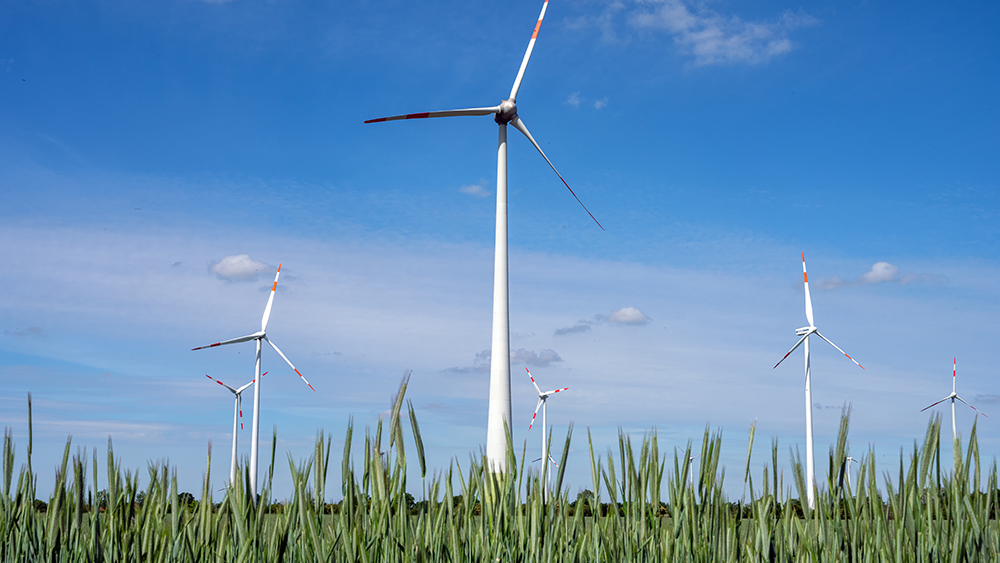- An Alliance For Community Action
- (970) 256-7650
- info@WesternColoradoAlliance.org
Tri-State Responds to Co-op Member Demands for New Energy Technologies
Demands for Local Clean Energy Jobs and Affordable Electricity Yet to Be Met
Today, Tri-State Generation and Transmission announced new “Green Energy Goals” that will reduce carbon emissions for all electricity provided to its Colorado customers 80% by 2030, based on 2005 levels. Additionally, Tri-State will be working with the Southwest Power Pool, which coordinates regional transmission, to conduct a study on an inter-state regional grid that could accommodate the exchange of energy in the West.
“Just a few years ago Tri-State was headed for the cliffs with punishingly high electricity rates, a portfolio heavy on uncompetitive coal, and an unwillingness to answer member demands for cheaper new energy technologies. This organization was in desperate need of a new vision,” said Kerrianne Conroy, a member-owner of Tri-State co-op Gunnison County Electric and Western Colorado Alliance member. “Today we are proud to celebrate all the member-owners who fought for this shift and for Tri-State’s willingness to work alongside them.”
“Tri-State can make the most of this moment by putting member co-ops front and center in conversations about where new energy generation is located. The potential for rural jobs creation on the Western Slope is significant and will be a welcome one,” said Joan May, former San Miguel County Commissioner and Western Colorado Alliance member.
Tri-State, a historically coal-heavy utility with some of the highest energy rates in Colorado, said it will be meeting the new goals by increasing its production of wind, the cheapest form of energy in the state, and solar energy with battery storage.
Tri-State co-op members and businesses have been calling for lower rates through a transition to cheaper, cleaner new technologies. As a result of Tri-State’s long inertia, Colorado co-op Delta-Montrose Electric Association was the most recent to exit the G&T earlier this year.


